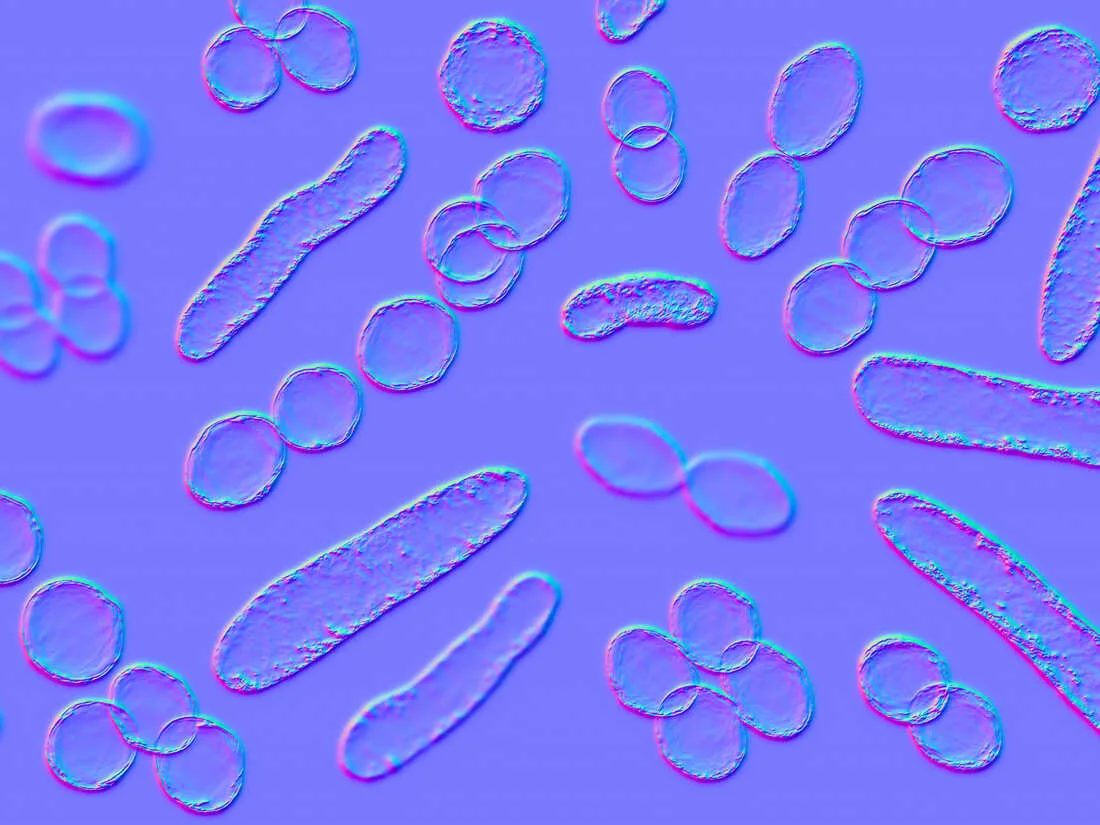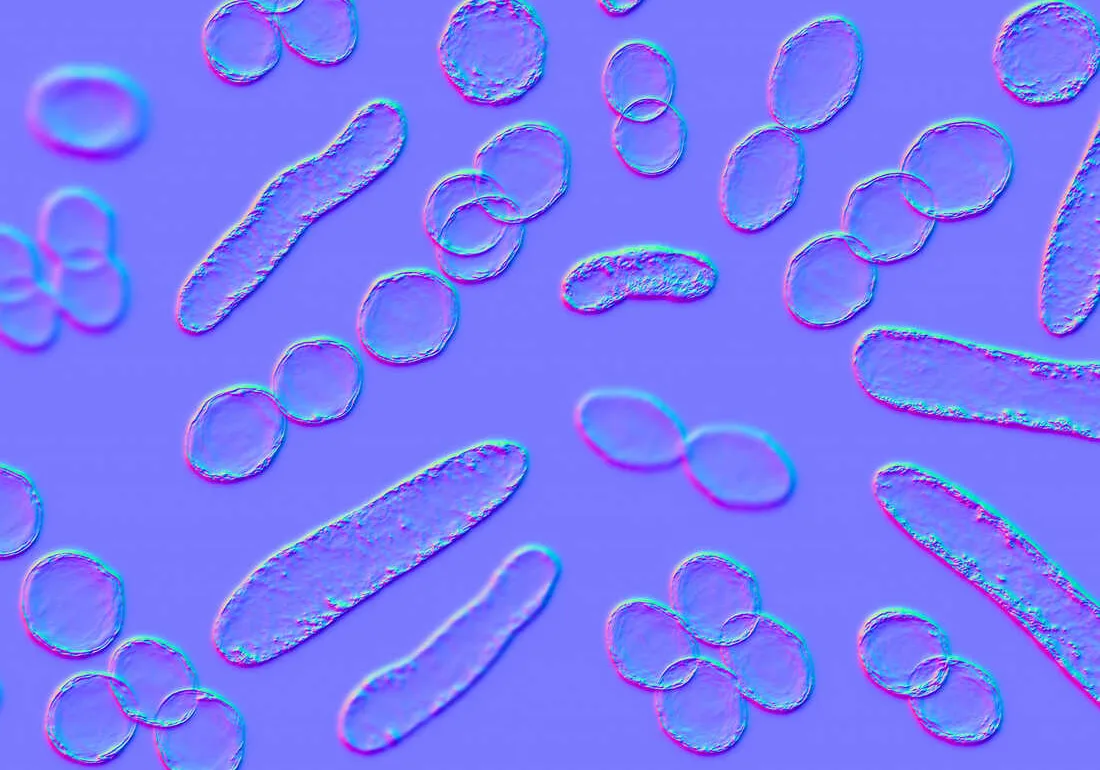
Kateryna Kon/Science Photo Library/Getty Images
Listen to Short Wave on Spotify, Apple Podcasts and Google Podcasts.
Today on the show, All Things Considered co-host Ari Shapiro joins Aaron Scott and Regina G. Barber for our bi-weekly science roundup. They talk about how antibiotic resistance may spread through air pollution, magnetically halted black holes and how some farms are boosting biodiversity in Costa Rica.
Linking air pollution and antibiotic resistance
A recent study in the journal Lancet Planetary Health suggests that antibiotic resistance increases may have something to do with air pollution. While the study does not show causal evidence, it indicates a strengthening relationship between air pollution and antibiotic resistance across the globe over the course of 18 years.
Researchers have long suspected that particulate pollution could carry drug-resistant bacteria—and genes—from farms, hospitals and sewage treatment facilities into the air, where they can be inhaled by people. These researchers set out to quantify the role of air pollution in spreading antimicrobial resistance. They estimate that drug resistance associated with air pollution accounts for about 12% of the increase worldwide.
The researchers estimate that cutting these types of emissions down to the World Health Organization’s target levels by 2050 would cut global antibiotic resistance by almost 17%.
Check out our colleague Gabriel Spitzer’s article to learn more about the study.
How it’s possible for a black hole to stop “eating”
Black holes consume their surroundings, like dust and gas from nearby stars. Their gravitational pull is so strong that not even light can escape after reaching a certain threshold called the event horizon. As black holes consume these things, an accretion disk forms around them—like a donut with a black hole center. But for the first time, scientists in China observed a halted black hole—one where nothing is pulled further inside.
How quickly a black hole is able to pull in nearby material is partially determined by the thickness of the disk. When the disk is thicker, the magnetic field around the black hole can be strengthened, making material the black hole more slowly.
Theory predicts that an accretion disk with strong enough magnetic pressure can resist the gravitational pull of the black hole. That’s exactly what researchers saw here! This finding is the first time scientists have observed the phenomenon, called a magnetically arrested disk (MAD).
This study was published in Science on Aug. 31.
Declining bird species may find hope in Costa Rican farms
A team of Stanford University researchers have been tracking Costa Rican bird populations in forests, diversified farms and intensive agriculture for 18 years. Over the course of their work, the researchers saw the largest declines in bird populations in forests, followed by intensive farmland. But small, diversified farms (defined as a variety of crops interspersed with patches of forest and native plants) helped sustain—and even increase—the populations of some of the bird that typically live in forests, although it did not completely offset losses in forest habitats.
“This is kind of framing the idea of what happens around the forest and how you farm in the landscape is really going to impact the populations of species that make use of forests,” says lead author Nicholas Hendershot.
Hendershot hopes the findings will help conservation scientists and practitioners think beyond just protecting limited amounts of forestland “to really think about the broader landscape and how we can manage that entire landscape to provide habitat for wildlife and to provide movement corridors and these other things that are really important just for allowing species to persist.”
The study reveals that protecting biodiversity can go hand-in-hand with ensuring food security—birds and pollinators play big roles in pollinating crops and protecting them from insect pests. The findings are particularly significant for smaller family farms in Costa Rica, where landowners can receive incentives for reforesting small parts of their land.
The paper was published Monday in the Proceedings of the National Academy of Sciences.
Listen to Short Wave on Spotify, Apple Podcasts and Google Podcasts.
Hear about some science news we haven’t? Email us at shortwave@npr.org.
This episode was produced by Rachel Carlson and Michael Levitt. It was edited by Viet Le and Rebecca Ramirez, and fact checked by Anil Oza. The audio engineers were Stu Rushfield and Maggie Luthar.



